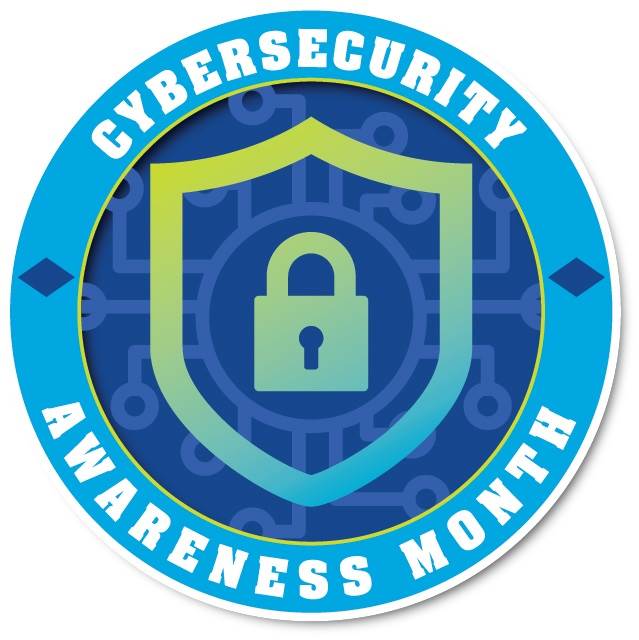 Back in 2004 – yes, 18 years ago – the federal government declared October to be Cybersecurity Awareness Month for the first time.
Back in 2004 – yes, 18 years ago – the federal government declared October to be Cybersecurity Awareness Month for the first time.
The obvious intent of this action was to help raise awareness by organizations and individuals of the technology that is embedded all around us and the security risks that it faces.
To be really effective, any cybersecurity awareness campaign has to engage the end user. I’ve written about the importance of training users in cybersecurity on this blog in the past, and training continues to be important.
This year, the Cybersecurity and Infrastructure Security agency, or CISA, has taken the lead on Cybersecurity awareness and announced this year’s theme of “See Yourself in Cyber.”
CISA also released the following statement that enforces that vision, while cybersecurity may seem like a complex subject, ultimately, it is really all about people. This October will focus on the “people” part of cybersecurity, providing information and resources to help educate CISA partners and the public, and ensure all individuals and organizations make smart decisions whether on the job, at home or at school – now and in the future.
CISA also states, When we say, “See Yourself in Cyber”, we mean see yourself in cyber no matter what role you play. As an individual or consumer, take basic steps to protect your online information and privacy.
You probably know what “basic steps” are.
After all, there’s almost nothing we can do these days without a username and password, so the most important thing that you can do is protect that information like it’s the Holy Grail. Never, I repeat, never give out your password. That’s a basic step.
Getting your password is typically the first step that an attacker takes to gain access, and these days criminals are changing how they go about gaining this information. You all remember the days of the Nigerian Prince scam? Things have changed a bit since this, but the commonality is, if something sounds too good to be true, it really is too good to be true!
Here are a few things you can do to help protect your information:
- Enable Multi-Factor Authentication
- Use Strong Passwords
- Recognize and Report Phishing
- Update Your Software
There’s more you can do, of course, so watch this space throughout this month. And please don’t think that October is the only time you should be aware of cybersecurity – it’s a year-round thing.
About the author
Chris Hill serves as our Security Practice Leader. Chris has more than 24 years of business and professional experience in IT and holds a Bachelor of Science degree in Electrical and Electronics Engineering.